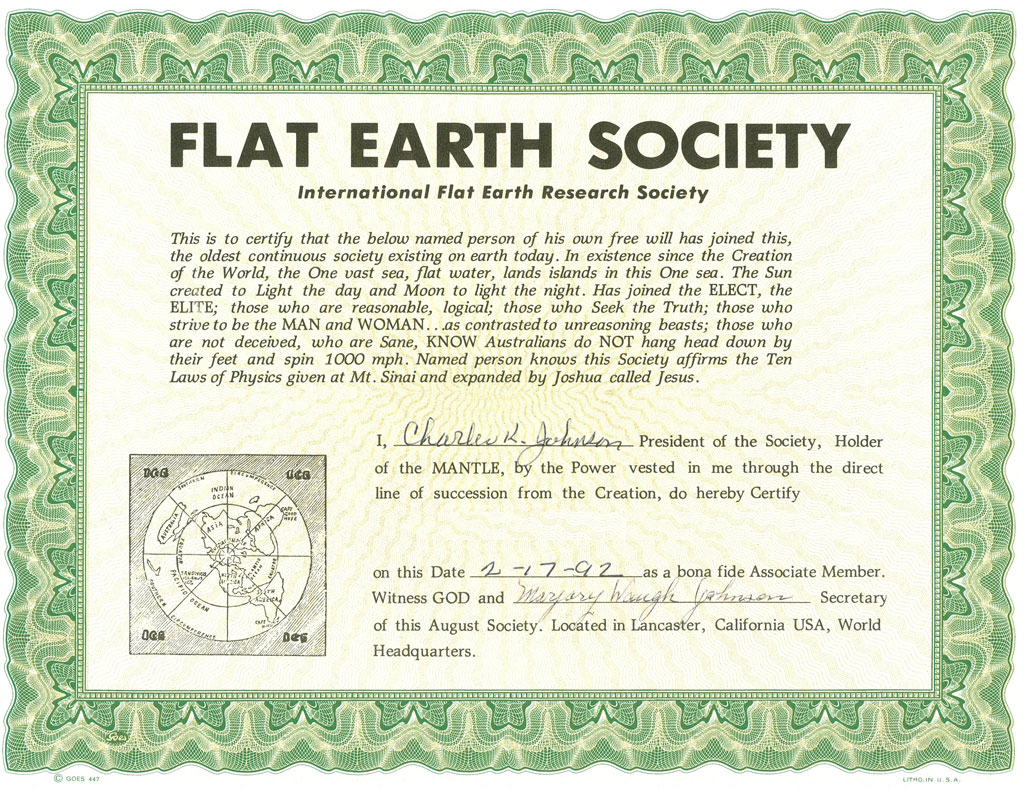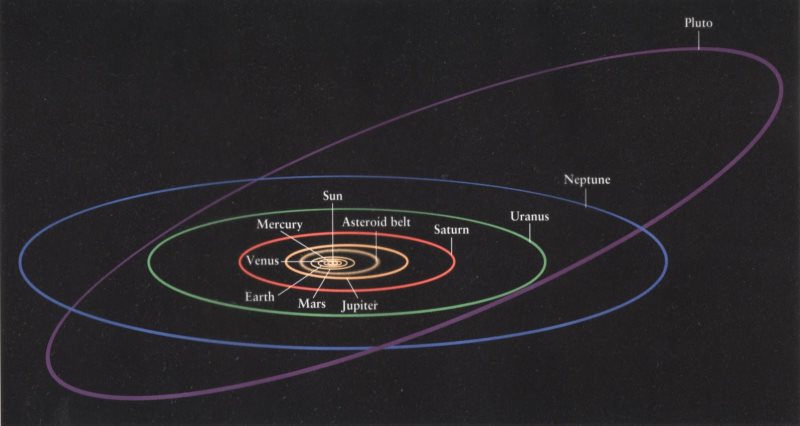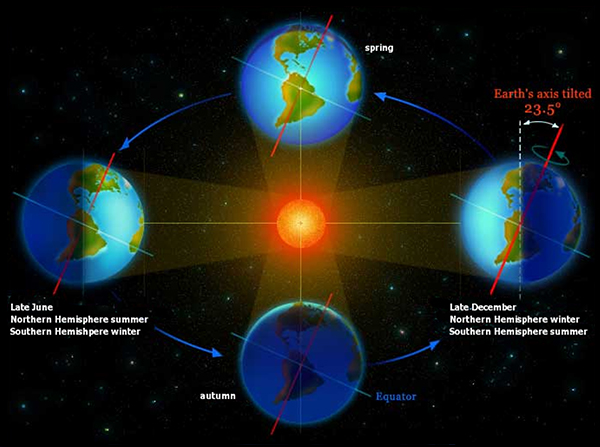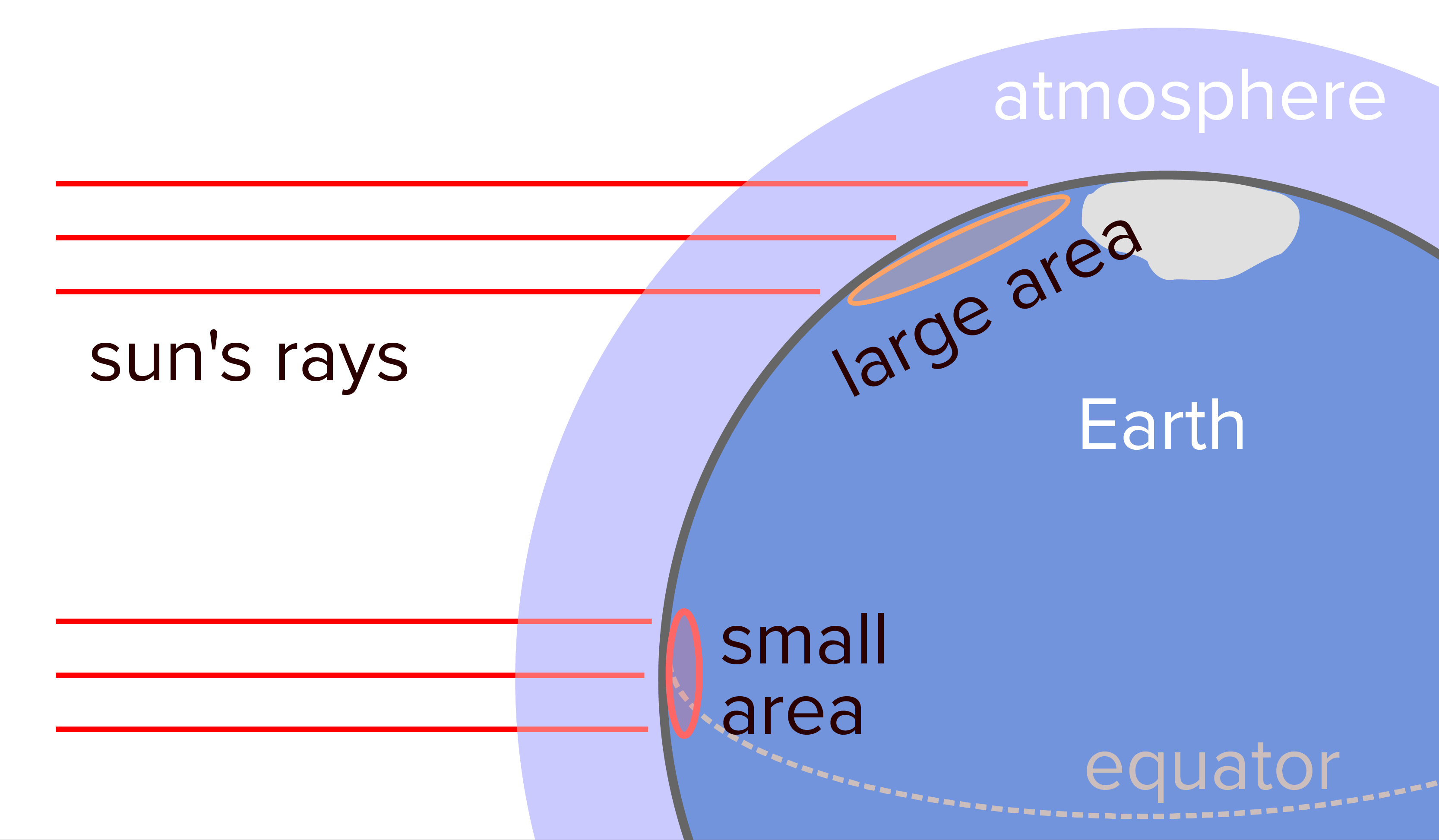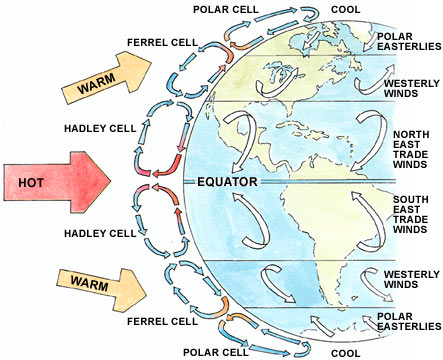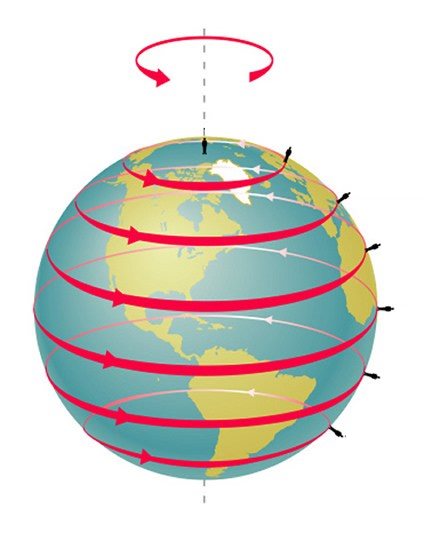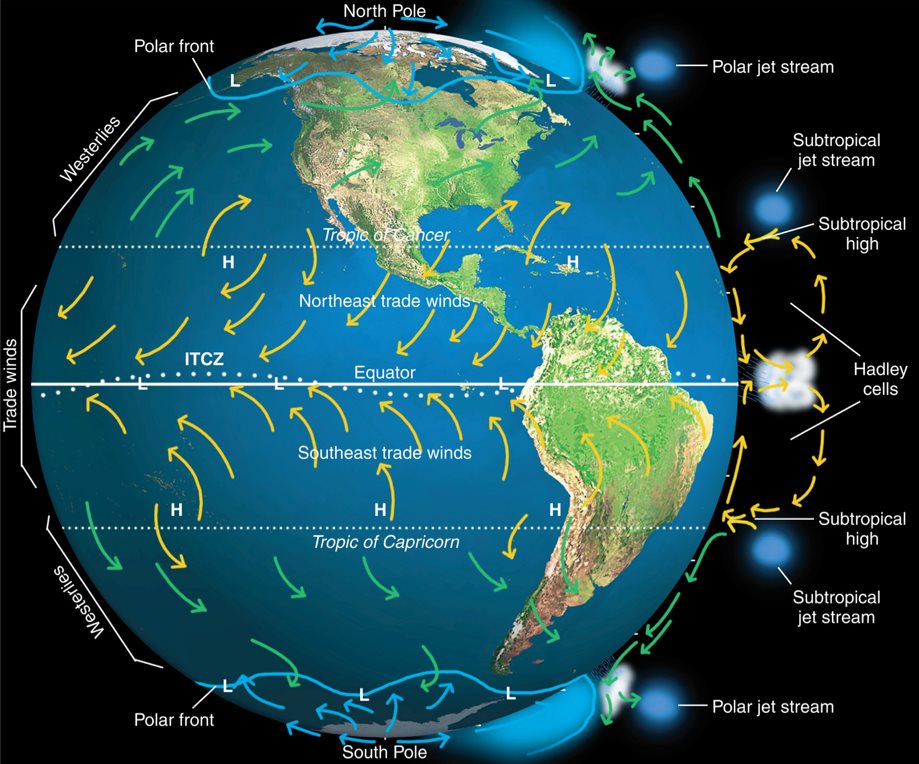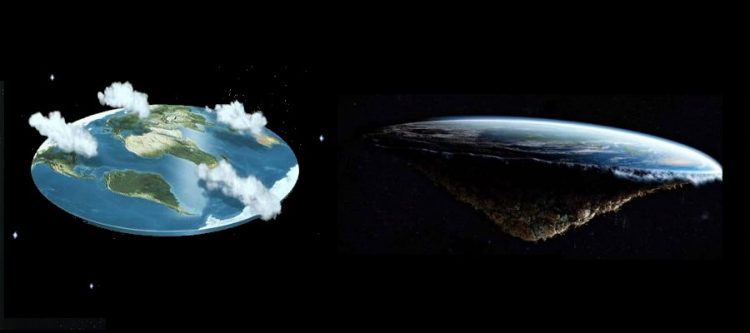
Our planet
Earth
earth is soil. Earth is a planet. Capital letters matter.
Earth spin – 24 hours – Day/Night cycle
Earth spins in a counterclockwise direction. For an outside observer the Earth spins left-to-right or west-to-east along its rotational axis. This is why for an observer on the surface the (stationary) sun and the night sky appear to move from east to west.
The night sky or sun is at rest. The planet you are standing on is spinning. Nearby planets will be in different positions in the night sky as they have different orbits and orbit at different velocities than our planet.
Everything is relative. The sun and the night sky may appear stationary but in fact our solar system orbits the center of the Milky Way Galaxy. Our solar system is supposedly moving at an average velocity of 828,000 km/hr. At that rate it will take us about 230 million years to complete a single revolution around the Milky Way. Did I tell you The Milky Way is a spiral galaxy? Yes, I am confused too.
Earth-Sun orbit – 365 days – Seasons
All planets in our solar system orbit the sun. Earth does this in 365 days. Also, Pluto is not a planet as it orbits on a different plane.
Houston, we’ve got a problem
Earth’s axis of spin is tilted. As Earth’s axis of spin is not perpendicular to the incoming rays of sunlight (= Eath’s orbital plane around he sun) we experience longer and shorter days throughout the year; our seasons. Most sunlight throughout the year is around the equator. Shortest days are around the poles. In the northern hemisphere towards the poles it is summer in late June and winter in late December. In the southern hemisphere towards the poles it is the other way around. Near the equator there is little distinction between summer, winter, autumn, or spring. At the poles, in the midst of winter during the shortest days (equinox) there is no sunrise visible.
Solstice and Equinox
Solstice occurs twice each year as the Sun reaches its most northerly or southerly excursion relative to Earth’s equator. Around June 21 it is the longest day in the northern hemisphere and shortest day in the southern hemisphere. Around December 22 it is the other way around.
Equinox is the moment in which the plane of Earth’s equator passes through the center of the Sun, which occurs twice each year, around 20 March and 23 September. This is when the day is equal in duration to the night.
Analemma
The shadow created by the sun on a small object can tell us many things. Sundials use the daily sunrise/sunset as a measure to tell time (12 hours only as there is no sun at night). You can also use this to tell us about the season (solstice and equinox; 365 days).
- Place a tall pole in the ground vertically.
- The sun will cast a shadow.
- At noon, mark the spot on the ground where the shadow of the tip of the pole is located on the ground.
- Repeat this each day of the year (or just once or twice a month) and it will start to look like a figure-of-eight shape.
- You can write down the names of the monts next to certain marks.
- From now on you can tell exactly what month it is at noon on each day of the year.
- If the pole is long enough you could even read weeks and perhaps days.
If you plot a shadow cast by the top of a pole (called a gnomon) at noon over the course of a year, it will form a figure-8 called an Analemma. If you were to look at a sundial exactly at noon each day, you will see the same patten. This is a good tool for teaching about how the Earth and Sun interact to make seasons. It demonstrates the sun will not be in the same position in the sky at the same time every day due to Earth’s tilted rotational axis.
Moon
The moon orbits the Earth. The moon does not spin. There is no axis of spin. The moon can’t keep up with our fast 24 hour spin cycle, but instead completes one revolution relative to the stars at a much slower pace of 1 revolution in approximately 27.323 days. The side of the Moon unseen from the Earth is called the far side. It is not the dark side of the moon really as it does receive sunlight. It is just that it never faces Earth; we always see the near side of the moon. The near side is divided into light areas called the Lunar Highlands and darker areas called Maria (literally, “seas”; the singular is Mare). The Maria are lower in altitude than the Highlands but do not contain water. One of the discoveries of the first Lunar orbiters is that the far side has a very different appearance than the near side. In particular, there are almost no Maria on the far side. The far side of the moon is exposed to asteroid and meteor impacts.
On average, the Moon is about 384,400 km (almost a quarter million miles) from the Earth. But the actual distance varies; sometimes the Moon is closer, and other times it is farther away. This variation is due to the Moon’s elliptical orbit. As Kepler’s first law implies, all orbits are ellipses, but most planets (and large satellites) have orbits which differ only slightly from circles. In contrast, the Moon’s orbit is definitely not a circle. The Moon’s distance varies from 7% less than average (at perigee, when the Moon is closest to the Earth) to 6% more than the average (at apogee, when the Moon is farthest from the Earth).
The Moon’s orbit about the Earth lies in a plane which is tilted by about 5.15° with respect to the plane of the Earth’s orbit about the Sun. (If this tilt was zero, we would have total solar and lunar eclipses every month!) The additional gravity of the Sun creates several complications. For one thing, the Moon’s orbital plane slowly swivels around while keeping its tilt of 5.15°, so the Moon’s path across the stars changes slightly from month to month. For another, there are subtle changes in the shape of the Moon’s orbit over the course of a year. But we don’t need to worry about these complications; the main thing is the change in the Moon’s distance from Earth.
This variation in distance produces several effects which we can observe here on Earth. For example, the Moon travels faster across the sky at perigee, and slower at apogee. The Moon also appears to nod back and forth a bit as it travels around its orbit. But the most dramatic effect is the change in the Moon’s apparent diameter: when the Moon is closer, it looks bigger, and when the Moon is farther away, it looks smaller.
Tides are the rise and fall of sea levels caused by the combined effects of the gravitational forces exerted by the Moon and the Sun and the rotation of the Earth.
Our Planet – Weather Patterns
Weather patterns on a planetary scale differ from local weather patterns close to the surface or in a particular geographic area.
Hot/Cold
The distance between sun and Earth is such that light reaches Earth in a straigt line rather than a cone. This is why we have warmer climates around the equator.
Space is a cold place. It isn’t a vacuum as some people believe, so radio signals do still work. There is no breathable air however and no material to absorb sunlight and heat up. In the atmosphere you will find a 6 degrees Celsius temperature drop for every kilometer you move away from the surface.
Up/Down
Hot air rises and cold air sinks. Hot rising air is referred to as a low (air) pressure area (L). Low pressure areas mean cooler temperatures on the surface and more chance of rain as water vapour in the air will condensate. Sinking air is referred to as a high (air) pressure area. High (air) pressure areas mean warmer temperatures on the surface and less chance of rain. Low pressure areas are a welcome relief in a hot summer and high pressure areas are a welcome relief in a cold winter. Low pressure areas are generally associated with nice weather and high pressure areas with bad weather.
You would be forgiven to think that as air rises at the equator it would surely sink at the poles. To some extent it does, but in truth the hot rising air from the equator cools down sooner than it reaches the poles. As the air sinks it creates another area where air rises. So the rising and falling of hot and cool air acts in horizontal bands around our planet.
Air sinking down compresses air at the surface, raising temperatures near the ground. Also, where the air is sinking it prevents moist, warm air at the surface from rising, where it would eventually cool and form clouds. Sinking air is the primary reason why high pressure leads to sunny days.
You may want to read about the related topic of electrical storms: https://en.wikipedia.org/wiki/Thunderstorm
Left/Right
Let’s look at lateral air flow or what we like to call winds. Low/high air pressure areas only directly resemble vertical air movement – the rising and sinking of air. Low pressure areas will however suck in air from high pressure areas causing lateral flows of air, surface air currents or simply wind.
Local warm/cold fronts deal with surface air currents: https://www.weatherworksinc.com/warm-cold-fronts
Back to our planetory scale weather patterns; let’s add east/west planetary rotation motion to the equation:
- Fact #1. The Earth spins in a counterclockwise direction.
- Fact #2. For an outside observer, a point on the surface moves fastest and to the east or right near the equator and slowest and still to the east (right) near the poles.
For an observer on the planet surface, air around the equator will simply rise vertically without moving east or west as hot air rises. For an outside obserer this air will move to the right (east) together with the land mass as the Earth spins counterclockwise (i.e. from the west to the east). As the rising hot air cools and sinks it will want to move away from the equator and move laterally towards the poles. In doing so it will enter a band where a point on the surface (i.e. a land mass) moves slower. The air is still moving to the east / right faster than the land mass does. As the air cools down and sinks it will gradually move closer to the surface. As it does the air will lose lateral velocity. The resulting winds pattern will look something like this.
The blue arrows indicate the air current closest to the surface. These are referred to as the prevailing wind direction also known as the trade winds.
